43. Living In Diu
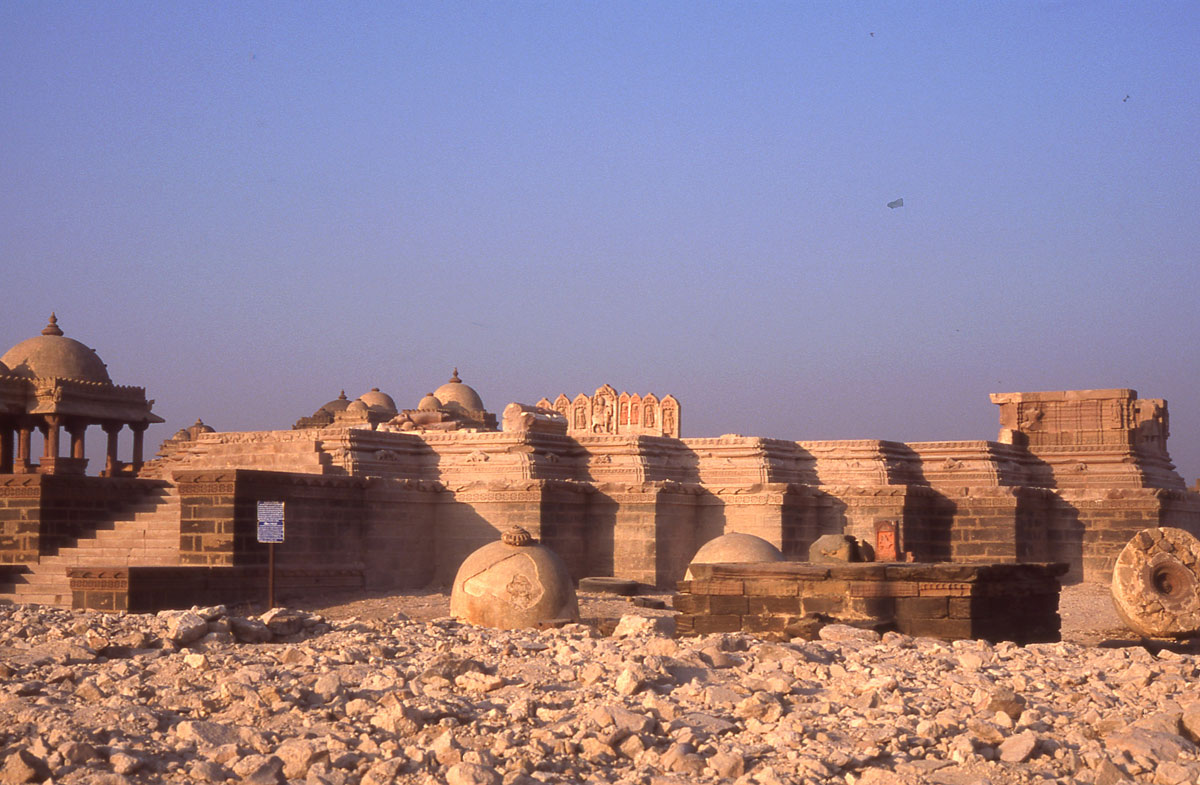
42. When Kutch Shook
February 11, 2021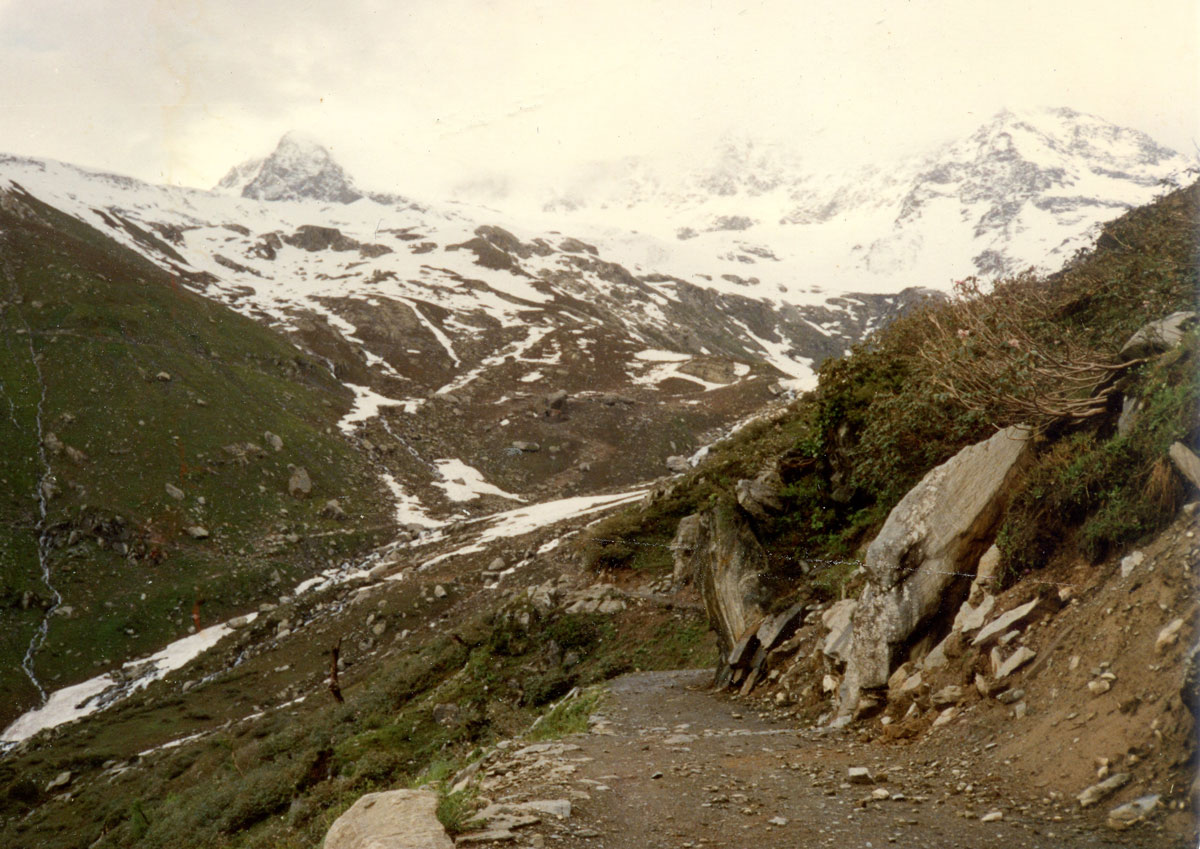
44. In Pursuit Of Murals Through The Himalayas 1
February 25, 2021W hen settled in Churu, Diu became an alternative seaside resort; its attractions, if very different from those of Kutch, were no less. Drink was a plus; in Kutch, as throughout prohibition Gujarat, alcohol was easily available but expensive, the choice limited. There was a large army presence and soldiers, entitled to cheap liquor, helped feed the market. In Diu the economy thrived on Gujarati thirst; all manner of drink, including beer, was cheaply available. In September 1984 I moved there to write and soon made friends. Bharatbhai, whose family lived in Bhavnagar, worked in Diu and we shared an interest in local buildings. Suleiman, with whom I drank, was something of a wheeler-dealer; he put me in touch with a family who had an empty house, which I rented.
It was soulless 1940s concrete building known as Bhoot Bungalow, bhoot meaning ghost: it was said to be haunted. I was alotted the upper floor, a downstairs kitchen and a tiny compound, up against the town wall, which had a well populated by tiny, colourful fish. One night a strange scratching sound woke me; the door, slightly ajar, was shaking. I sat up. The sound stopped only to start again as I dozed off. The ghost had come! Summoning my courage, I investigated. There was a stale bread roll at the door and a rat had been trying to drag it away. The opening was too narrow and its struggle tended to close it further! The only other ghosts in the house came from faint night noises, sometimes horrid screams, since the bedroom wall was shared with the local cinema!
Most mornings I visited the centre of town to check for post, visit the fish market and sabji mandi (vegetable market). The tropical climate meant that fish had to be fresh each day; nothing lasted long and ants or rats devoured anything unprotected. Hanging bowls of food from ceiling hooks defeated rats but the ants would usually find it. When not typing, I visited every corner of the town. Many of its buildings had been painted, usually with floral designs which had faded or been whitewashed over. Churches had a few ochre murals of Christian saints. The windows of older houses, lacking glass, were glazed with little squares of translucent oyster shell set in the frames. Most buildings were made of soft, yellowish limestone ashlar. The houses were several storeys high with ladder-like steps running up through each floor; unlike those of Shekhawati they had no central courtyard. A few boasted carved wooden balconies. In one room always had a swing hanging from chains. The front door was often of handsome woodwork with, at either side, a recess intended for a lamp. In Shekhawati the main structural weakness was decaying footings; in Diu it was rotting wooden beams eaten by white ants. There had been older, finer buildings. As a port, the island flourished long before Turks, then Europeans came. Was it Christian or Muslim intolerance that vandalised its mediaeval Jain temples? Builders erecting a new telephone exchange unearthed smashed marble figurative sculpture left from their destruction.
One other Briton lived in Diu while I was there. Mike had come to paint, usually working from photographs. He soon moved out of town to a hut near Nagoa beach, where a small neo-hippie community had settled. As in Goa, there were empty houses; many Diu folk had Portuguese citizenship which gave them right to jobs in Portugal and in the European community.
The island was rich in wildlife. Jackals were plentiful, often straying inside the walled town. Near Bharat's place they inhabited overgrown quarries, coming out at night to howl. The visit of a single pangolin was shocking. So strange in appearance, someone decided it must be evil so poured petrol over it and set it alight. Off shore turtles fed by rocky outcrops and the occasional school of leaping dolphins passed. Winter flocks of cranes flew over and the wading birds which fed along the shore ranged from running little sanderling to flamingoes on the mudflats between the island and the shore. One dramatic wintering bird was the osprey, a fish-eating hawk. The first I saw, while half-asleep on the beach, made a loud splash close by; sitting up, I saw it rise from the water gripping a large fish in its talons.
The only surviving wild Asian lions were steadily increasing on the neighbouring mainland. Occasionally one strayed onto the island. One day, leaving Diu on the slow narrow-gauge train from Delwada, the nearest mainland station, which trundled through sparse, dry jungle, I asked a regular commuter whether he ever saw lions on the journey. He was dismissive, 'Never. They don't come anywhere near here.' A small boy listened to our exchange with interest. A little further on, touching the kid on the shoulder, I said 'Do you want to see lions?' and put him beside the window. There, in a clearing, a pair of lions sat watching us pass!
Once settled in Bhoot Bungalow, I rarely left the island. Not long afterwards, Rabu and his brother visited from Churu. Having spent a few days exploring the island, we travelled west along the Gujarat coast. A major cricket match was in progress; on the beach at holy Dwarka, Rabu asked the score from a saddhu with a radio to his ear. It was he that told us Indira Gandhi had been shot, the game cancelled. The following day they set off homewards on an empty train to Ahmedabad but without an onward reservation. That promised to be a tough journey: the Delhi train via Churu was always crowded. But the assassination changed everything; that train was also empty. Due to riots, it was no longer running to Delhi so the passengers had cancelled their tickets.
In those days, the only bridge to Diu was several kilometres away but there was a ferry to Ghoghola, on the peninsula opposite Diu town, also part of the Portuguese settlement. There, set amongst little houses, a box tomb is inscribed to an English seaman, Matthew Wood, Commander of the Shipp Welcom, buried there in 1653. What was his story?

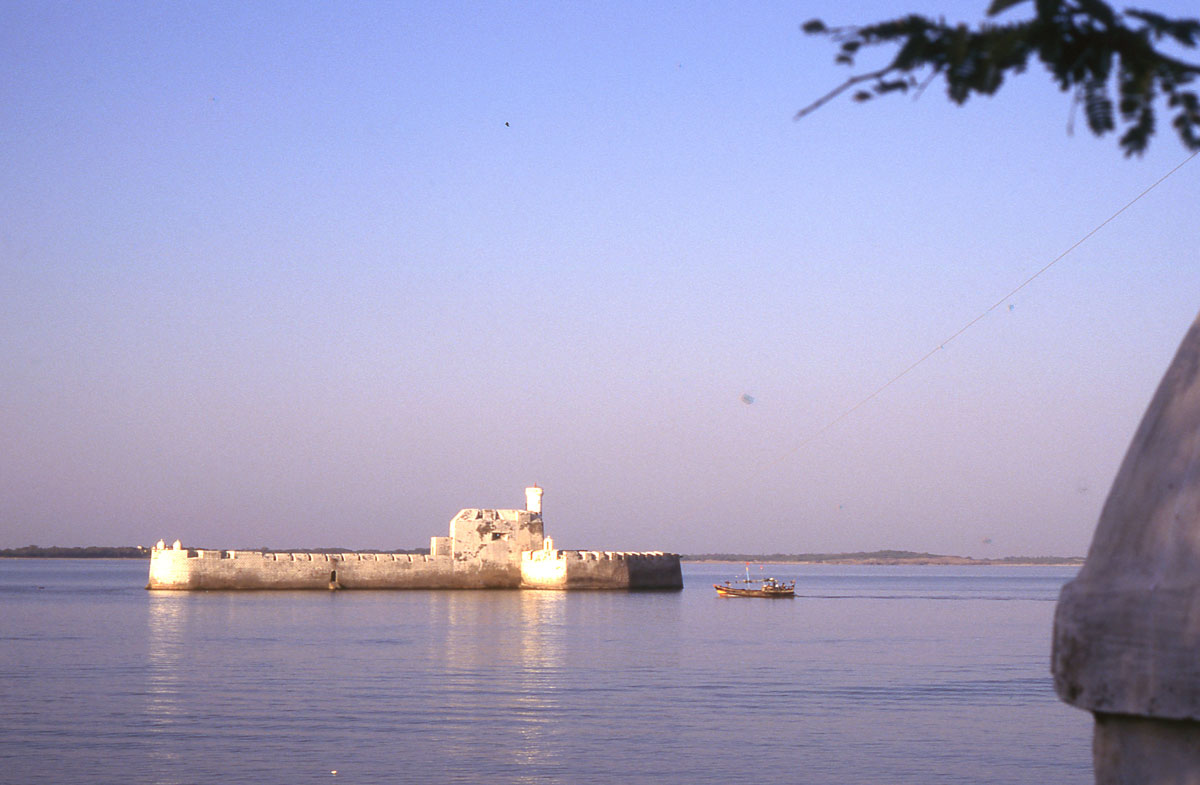
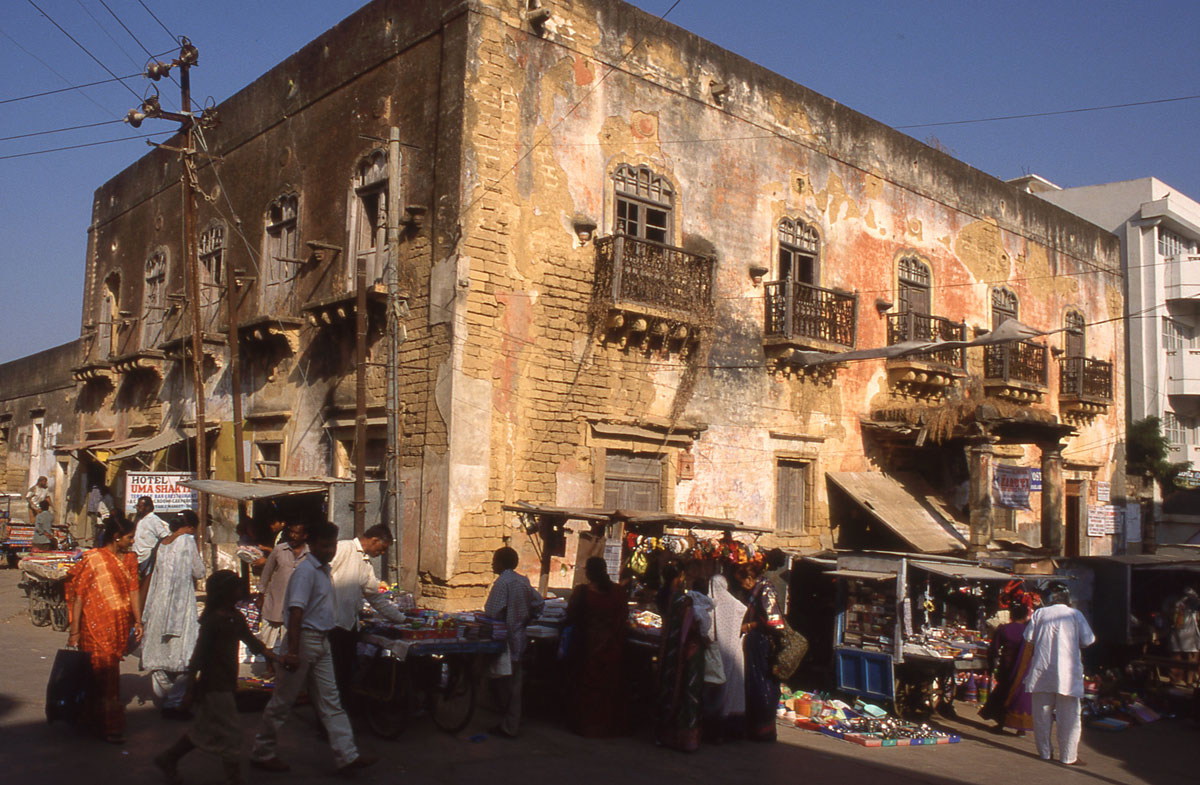
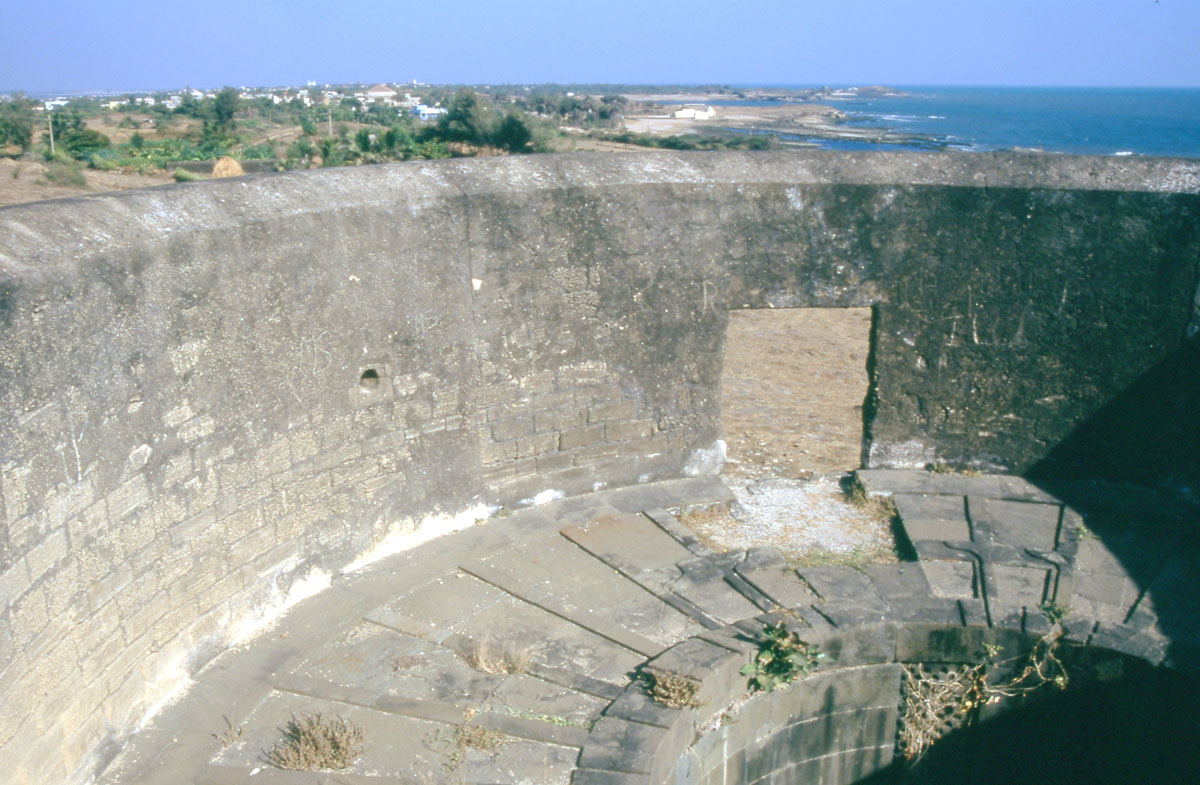
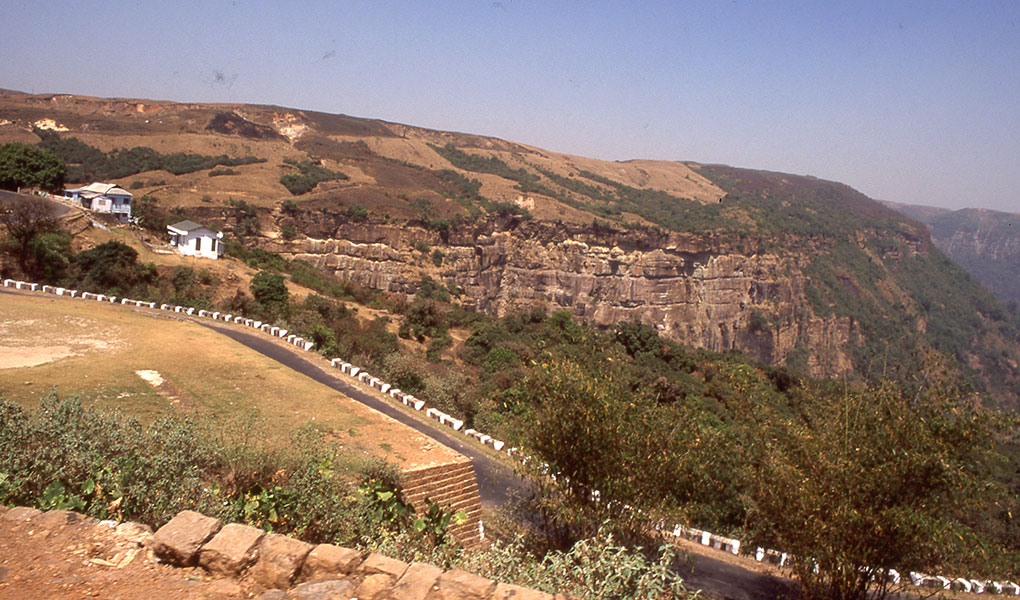
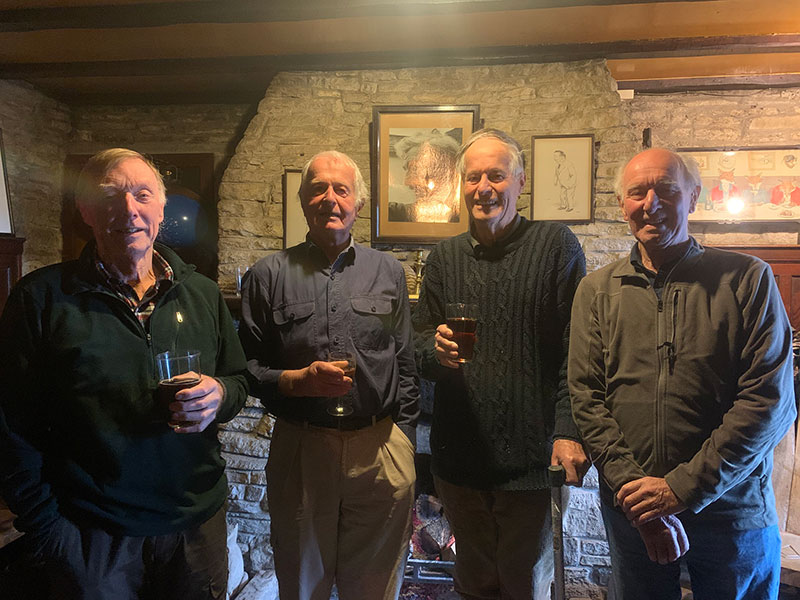
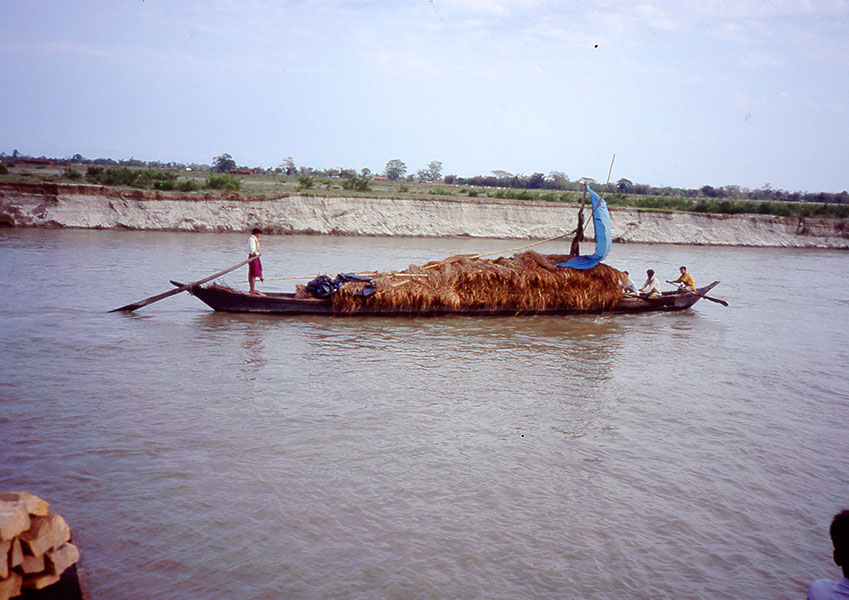
1 Comment
Amazingly wonderful write up.ii have recently visited the serene Diu.and also shared a travelogue in a website..